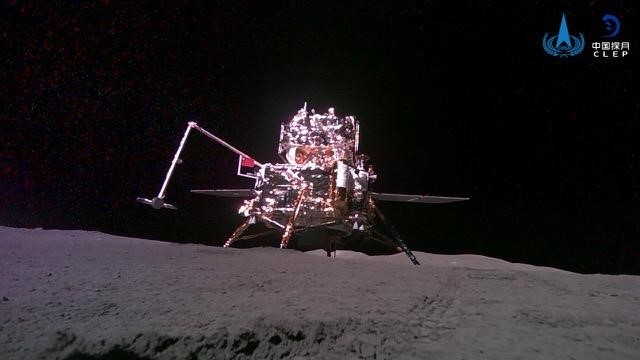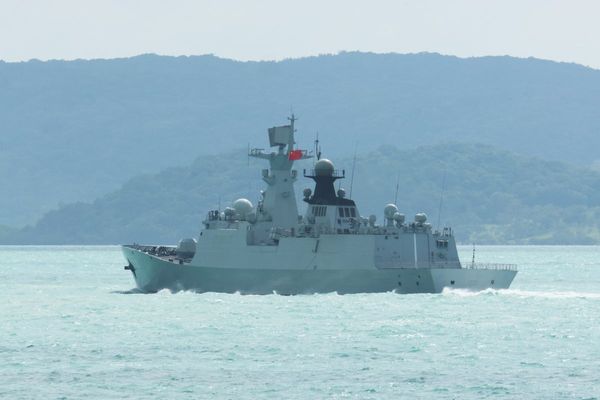
Early on June 25, after nearly two months in space, the Chang'e 6 spacecraft is returning to Earth. The probe is scheduled to land in Inner Mongolia, a highly northern region of China — and with its return will come gifts from the far side of the moon.
Naturally, lunar scientists are eagerly awaiting the probe’s return. Chang’e 6 is carrying about 4.4 pounds (2 kilograms) of lunar samples, the first-ever lunar far side specimens to be returned to our planet. And following the Chinese spacecraft's landing, expected to occur at 1:41 a.m. EDT (0541 GMT), a few Earthbound scientists will be able to get their hands on the precious samples and ready them for thorough investigation.
"The [Chang'e 6] samples, being the first obtained from the far side of the moon, are expected to answer one of the most fundamental scientific questions in lunar science research: What geologic activity is responsible for the differences between the two sides?" Zongyu Yue, a geologist at the Chinese Academy of Sciences, said in a statement.
Nine other lunar missions — from NASA's crewed Apollo flights and a handful of robotic probes to the Soviet Luna 16 mission in 1970 — have retrieved bits of the moon and returned them to Earth. But all nine got their samples from the moon's near side.
Related: China's Chang'e 6 spacecraft finds long-sought particles on far side of the moon
This has presented a hole in lunar scientists' knowledge. The near and far sides of the moon are not identical. Perhaps the most obvious difference is that, while much of the near side is coated with dark maria — plains of hardened lava — the far side has almost none, instead being heavily pockmarked with impact craters. Why this is the case remains an unanswered question, one that Chang'e 6 may help answer at last.
The probe launched from the isle of Hainan on May 3. Its lander detached from its orbiter and reached the lunar surface on June 1; it landed in Apollo Crater in the South Pole-Aitken basin. As its name suggests, the basin is located in the far side's south polar region; scientists think it is one of the aforementioned impact craters.
On June 6, the samples launched from the lunar surface in a return rocket and docked with the orbiter. Several weeks later, on June 21, the orbiter began its return to Earth for tomorrow's landing.
Yue hopes that Chang'e 6's souvenirs include bits of the old lunar mantle that may have been thrown up during an impact. "Once this information is obtained, it will not only help clarify the role of early lunar meteorite impacts on the moon's evolution, but also be of great significance in analyzing the early impact history of the inner solar system," Yue said in a statement.







